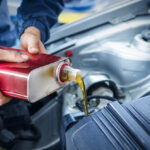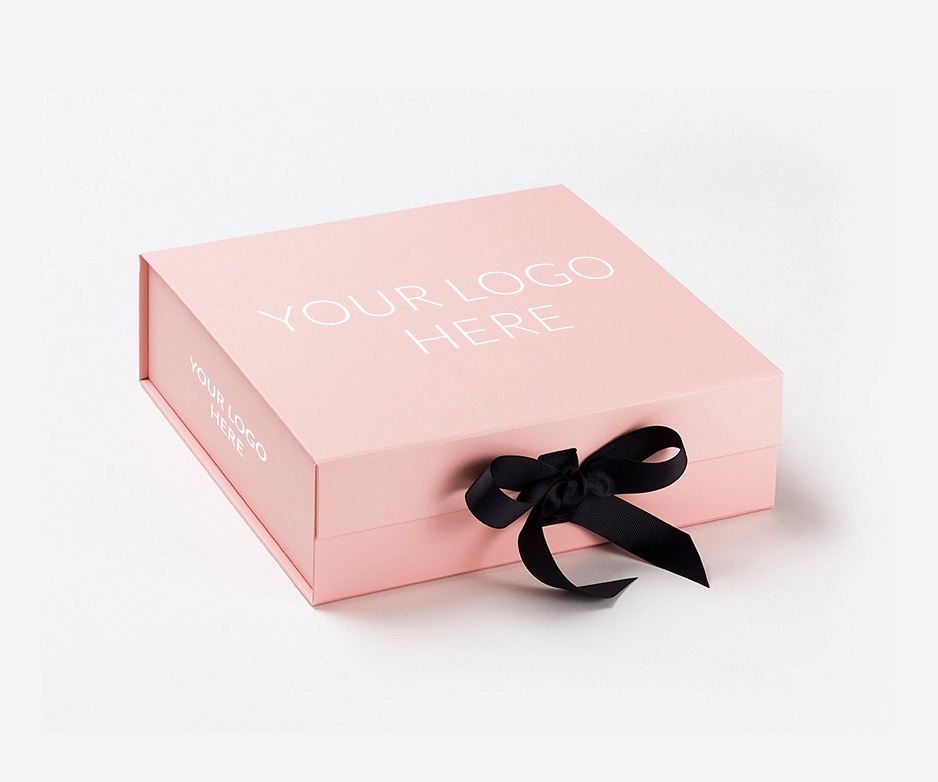The fundamental motivation behind Packaging is to hold its substance safely to forestall spillage and breakage, to shield the nourishments from various hazards like germs, heat, dampness misfortune or dampness get, and so forth. To ensure the substance while circulation, and so forth. For a wide range of Packaging, there are various kinds of bundles
Types of Packaging Groups
The various sorts of Packages can be arranged into two groups:
Retail compartments: These holders shield food or the substance from various harms and simultaneously they promote the item for the retail deal. For instance, glass bottles, sachets, overwraps, plastic jugs, metal jars, and so on. They can be utilized for home stockpiling too.
Steel trailers: These holders contain and secure food and different things during dispersion and transport or some other advertising capacity. For instance, sacks, stretch, or therapist wrapped compartments, ridged fire board containers, drums, barrels, boxes, and foil packs.
Modern Packaging materials are unique in relation to customary Packaging materials. Notwithstanding material, the appealing plan likewise liked. Packaging comes in a wide range of structures, in light of specialized necessities all through the graceful chain, just as advertising needs (like brand personality or buyer data) and other measures. The packaging is extremely fundamental to each and to industry.
Regardless of whether you’re in the food business, garments assembling or you’re in the innovation business, Packaging is vital. It shields the item from any potential harm that will consider the item futile. In this way, a decent Packaging framework is an unquestionable requirement.
Having an excellent taping machine and a case erector will help in accomplishing the very substance of Packaging that is to make sure about the item and to keep its unique state or how it was after creation. Packaging will just change in each industry relying upon how the item will be promoted.
Various businesses will utilize various kinds of Packaging yet the target will, in any case, stay consistent. As most representatives would consistently say Packaging can be the distinction in effectively dispatching an item to the market in one piece or in pieces.
Packaging Supplies increases with its demand and demand will increase only of packaging will be done in an appropriate manner, deviating the attention of clients from other companies towards your company.
Plastics can be utilized as single materials or in the mix. Their properties change extensively yet normally include:
– Lightweight
– Effectively moldable into practically boundless shapes
– Can create inflexible holders or adaptable movies
– Can be sway safe
– Legitimately designed or marked
– Warmth sealable
The overall drawbacks of plastics are regularly polymer explicit and the right decision of polymer can to a down to earth degree moderate the shortcoming. Variables to consider are:
– No plastic gives outright gas and dampness boundary
– Plastics soften at temperatures extending from 650°C to 2,300°C
– Concoction obstruction changes
– Added substances in plastics can pollute a few items
Most common plastic polymers utilized in Packaging
Polyethylene (PE)
Low Density (LDPE): utilized for adaptable cylinders, film, and a few containers. It has a low liquefying point and as a film moderately helpless oxygen and dampness hindrance. High Density (HDPE): broadly utilized for jugs and tubs.
Higher dissolving point however not ovenable. Sensibly wide substance obstruction which can be improved by fluorination. Not an adequate gas boundary for carbonated beverages. Straight Low Density (LLDPE) Predominantly utilized as a film or as a fixing layer on multi-cover materials for bottle seals, sachets, pockets, sacks. Accessible in extended structure for wads.
Polypropylene (PP)
Broadly utilized for terminations for its capacity to shape a pivot which opposes breaking and parting. Additionally, utilized for distributors, actuators, bottles, containers, containers, plate, and as a film all alone or inside covers, for example, fresh packs or pockets. Accessible in extended structure for tubs and plates. Regularly has a higher softening point than PE so albeit still not “ovenable” it is more qualified to hot-fill items. Impervious to a moderately wide scope of synthetic compounds.
Polyethylene terephthalate (PET)
Generally utilized for stretch blown jugs containing beverages, toiletries, and food, it has superb lucidity. Likewise utilized for containers, cylinders, and plates. By a long shot the best gas and dampness hindrance of any Packaging plastic utilized for holders is perfect for carbonated drinks. Its warm opposition makes it appropriate for an ovenable plate for prepared dinners.
Polyvinyl chloride (PVC)
Not broadly utilized despite the fact that just has 33% of its substance is gotten from oil. It despite everything has a solid nearness in vacuum formings utilized for embeds, shellfish packs, and rankle packs, because of its great creation line execution. PVC films have brilliant stretch and stick properties for hand wrapping new produce.
Polyvinylidene chloride (PVDC)
While ordinarily just utilized in multi-layer films, PVDC has uncommon dampness and gas hindrance properties. Numerous pharmaceutical items couldn’t be pressed in rankle strips without utilizing PVDC as a layer in the rankle film.
Polystyrene (PS)
Essentially found in its extended structure as defensive moldings for delicate items. Likewise, accessible as formed toiletries/beautifying agents holders (compacts), a few containers, containers, and cups. It has great synthetic opposition and incredible lucidity in spite of the fact that it very well may be hued.
Overlays and Co-expulsions
Overlays and co-expulsions are intended to profit by the properties of at least two materials. In fact, covers are two materials reinforced together and co-expulsions are different polymers expelled together from liquid to frame a solitary piece material.
The accompanying overlays are utilized broadly from sachets through to shape fill-seal containers, for example, Tetrapaks:
Paper (or board)/Polythene (PE)
Normally the paper or board gives unbending nature and a handily designed surface while the polythene gives heat-seal ability and fluid control. (Be that as it may, not a hindrance in the genuine sense since water fume can go through PE.)
Paper or PET/Aluminum foil/Polythene
Again the polythene gives heat-seal ability while the aluminum foil gives hindrance properties, with the paper or PET on the external surface taking into account improvement. PET specifically gives a serious shine finish.
Now it is up to you which material you choose for manufacturing your product`s packing, to increase your Packaging Supplies.













Add Comment